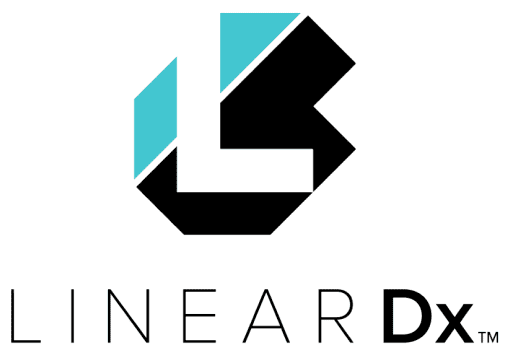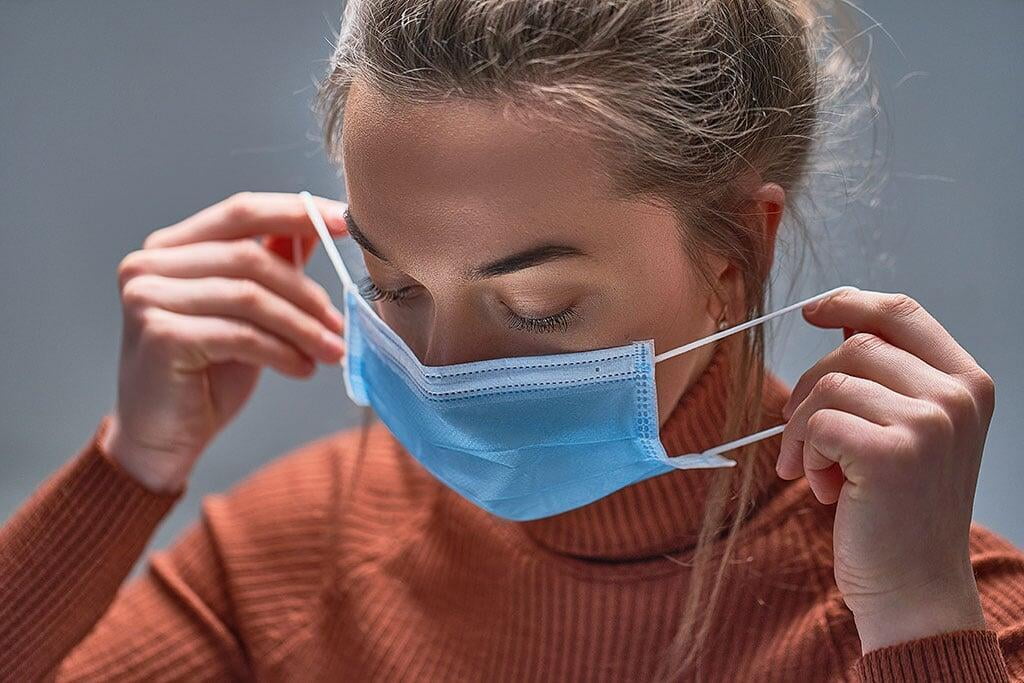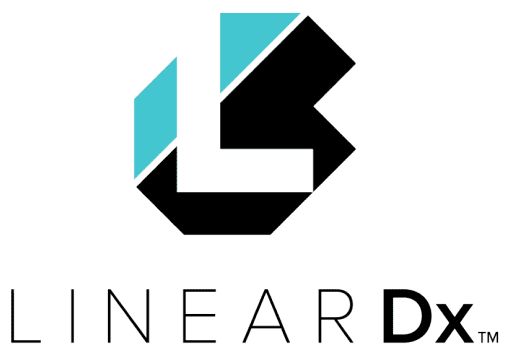A face mask can be an essential tool in preventing coronavirus infection. After all, many symptoms of the disease are spread through airborne droplets. However, even with their ability to protect against COVID-19, people should be aware that there are some factors that make the effectiveness of face masks less than expected. This article examines this issue and provides information on how well different face masks protect against COVID-19 under certain conditions.
Medical Masks
These cover your mouth and nose but do not cover any of your cheeks or hair. They are normally one size fits all and can be hard to get a good fit. They also don't cover enough of your airways to provide real protection from viruses that spread in droplets or tiny particles in exhaled breath.
N95 Masks
N95 respirators are designed to filter 95% of airborne particles, meaning they're great at protecting your lungs from airborne particulates. They're most effective when dealing with larger particulates—smaller ones tend to pass through. N95s aren't designed to provide complete protection from biological agents, but they can reduce exposure if worn correctly. The CDC recommends using a combination of N95 respirators and protective gloves for maximum effectiveness. Respirators cannot be reused after use, so be sure to follow instructions carefully when buying or maintaining one.
Cloth Masks
Cloth face masks are usually thicker than paper or other types of facemasks, which means they'll do a better job of blocking out coughs and sneezes. But while they may offer more protection against germs, there's not much evidence that any of them provide significant protection against COVID-19. And while health officials don't recommend buying cloth masks at your local drugstore or supermarket, you can make your own. Here’s how you can make a DIY mask:
Step 1: Get some cheesecloth.
Step 2: Cut it into strips roughly three inches wide by four inches long (this will allow for more breathing room).
Step 3: Sew or tie them together into a head covering about 6 inches in diameter, which should fit comfortably over your nose and mouth with space on all sides for airflow.
How to Get the Most from Your Mask
Before putting on your mask, make sure you know how to use it. Carefully read all instructions included with your mask, and then practice donning it before an actual epidemic occurs. You'll want to learn how to put on and take off your mask in mere seconds; if you're outstanding, you can use one hand! Practice placing your respirator over your mouth and nose so that it's not touching other parts of your face or hair, as wearing an improperly fitting respirator increases health risks. If there are any holes or tears in your mask, either repair them or replace them immediately. Remember: Each family member should have their face mask! No sharing!
Cleaning Your Masks
Because your mask is protecting you from particles that can cause health problems, it's important to take care of it properly. First, cover your mouth and nose with a tissue before you touch your mask. Wash your mask every day using warm water and mild soap (baby shampoo works well). Then rinse it off thoroughly with clean water. While wearing gloves or applying hand sanitizer helps keep germs away from your hands, one easy way to make sure your hands are truly germ-free is to sanitize them with rubbing alcohol for at least 20 seconds.


